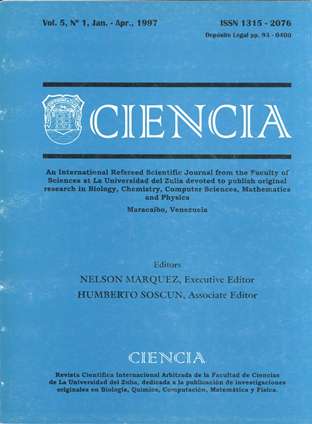A possible theoretical explanation to the gap dependence of the shear viscosity of thin liquid films under the transition regime
Abstract
In this paper a simple relation, resulting from a Boltzmann equation treatment of the shear viscosity of gases in the Transition regime, has been applied to the case in which a fluid is sheared between two parallel plates at molecular separations. It was found that the application of this theory to the thin liquid film case results in agreement with the mainfeatures ofthe experimental data found for water, cyclohexane, and octamethylcyclosiloxane (OMCS). The most remarkable theoretical predictions been: (a) The occurrence ofnarrow regions ofa periodic rapid variation of viscosity when the separation between the solid plates is varied. These narrow regions being separated by a distance AL of the order of the wldth of a monolayer (5); and b) When 5 is estimated from the density of the liquid, then our model predicts that AL/5 is a constant near to unity (0.8032) for all liquidsDownloads
Download data is not yet available.
Published
2014-11-25
How to Cite
García Sucre, M., Urbina Villalba, G., Lameda, L., & Parra, R. (2014). A possible theoretical explanation to the gap dependence of the shear viscosity of thin liquid films under the transition regime. Ciencia, 5(1). Retrieved from https://produccioncientifica.luz.edu.ve/index.php/ciencia/article/view/18927
Issue
Section
Physical
Los artículos publicados en esta revista son protegidos por Copyright.












